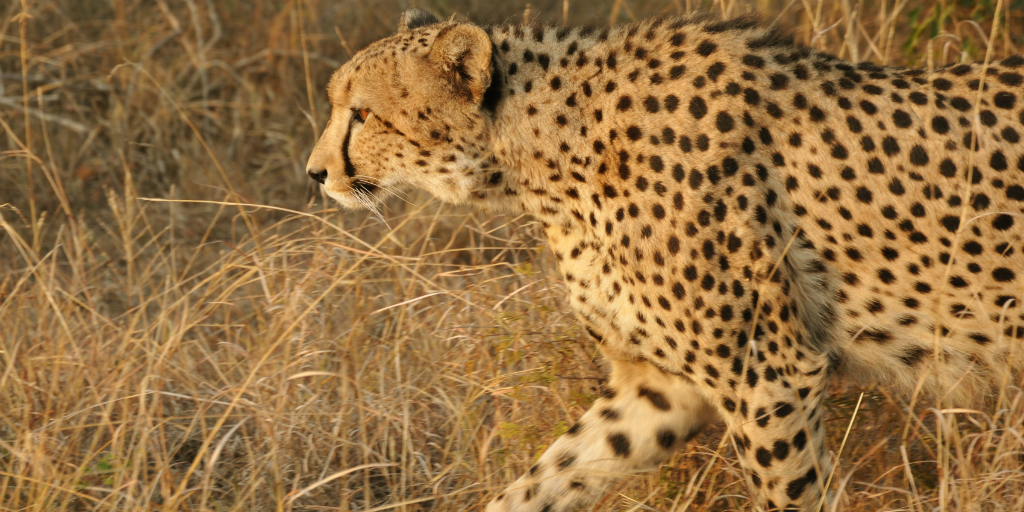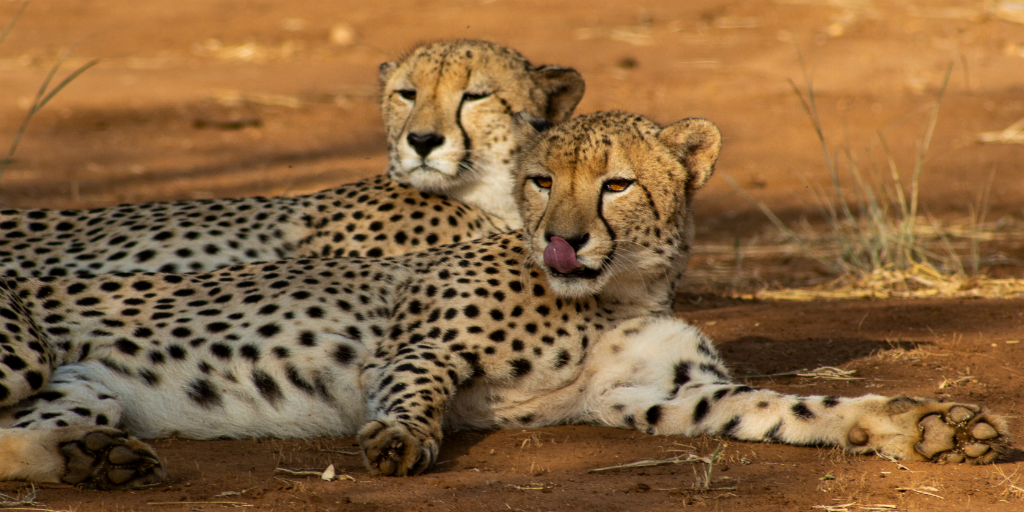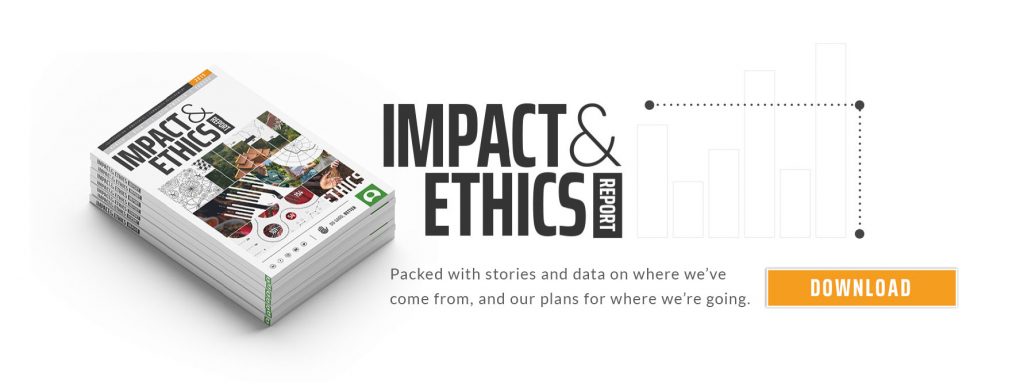
Conserving a section of the cheetah metapopulation with the Endangered Wildlife Trust
Posted: November 8, 2019
As Coordinator for the Endangered Wildlife Trusts’ Cheetah Metapopulation Project, I manage a population of 357 cheetahs on 57 private game reserves around Southern Africa to ensure the population’s demographic and genetic integrity.
What this entails is closely monitoring each individual population within each reserve and then re-locating individuals between reserves to prevent inbreeding, over-population, or under-population.
This project aims to ensure genetic health by preventing inbreeding. We seek to maintain the demographic and ecological integrity of local fenced reserves by preventing overpopulation and under population on each participating reserve. For this, we require demographic data which is provided by partner organisations such as GVI.

We also aim to increase the amount of safe space for cheetahs by conducting reintroductions into the wild and monitoring these spaces. Lastly, we aim to prevent the sale of wild cheetahs in captivity. An organisation like GVI provides ears and eyes on the ground, acting essentially as whistle-blowers for any potentially illegal poaching or trade activities.
To achieve our objectives, we liaise regularly with reserve managers and partner organisations such as GVI to share basic demographic information.
We use this information to make management decisions that will hopefully benefit wild cheetahs on fenced reserves in the long term. Using this technique, we have successfully grown the wild Cheetah population from 217 individuals in 2011 to a current population of 357 individuals. That’s roughly a 65% increase over a seven-year period.

Partner organisations like GVI help us manage the wild cheetah population at a reserve called Karongwe, in northern South Africa. They monitor the cheetahs in this reserve closely, capturing key demographic data, recording their interactions with other predators, and recording kills made and prey species.
These activities contribute to a national data pool which helps us to better understand the behaviour of wild cheetahs on fenced reserves, and therefore increase their growth and improve their management.

This story comes from GVI’s Impact and Ethics report. To celebrate 20 years of work in sustainable development, we reflect on and showcase our impactful stories and data. Read the report in full.

